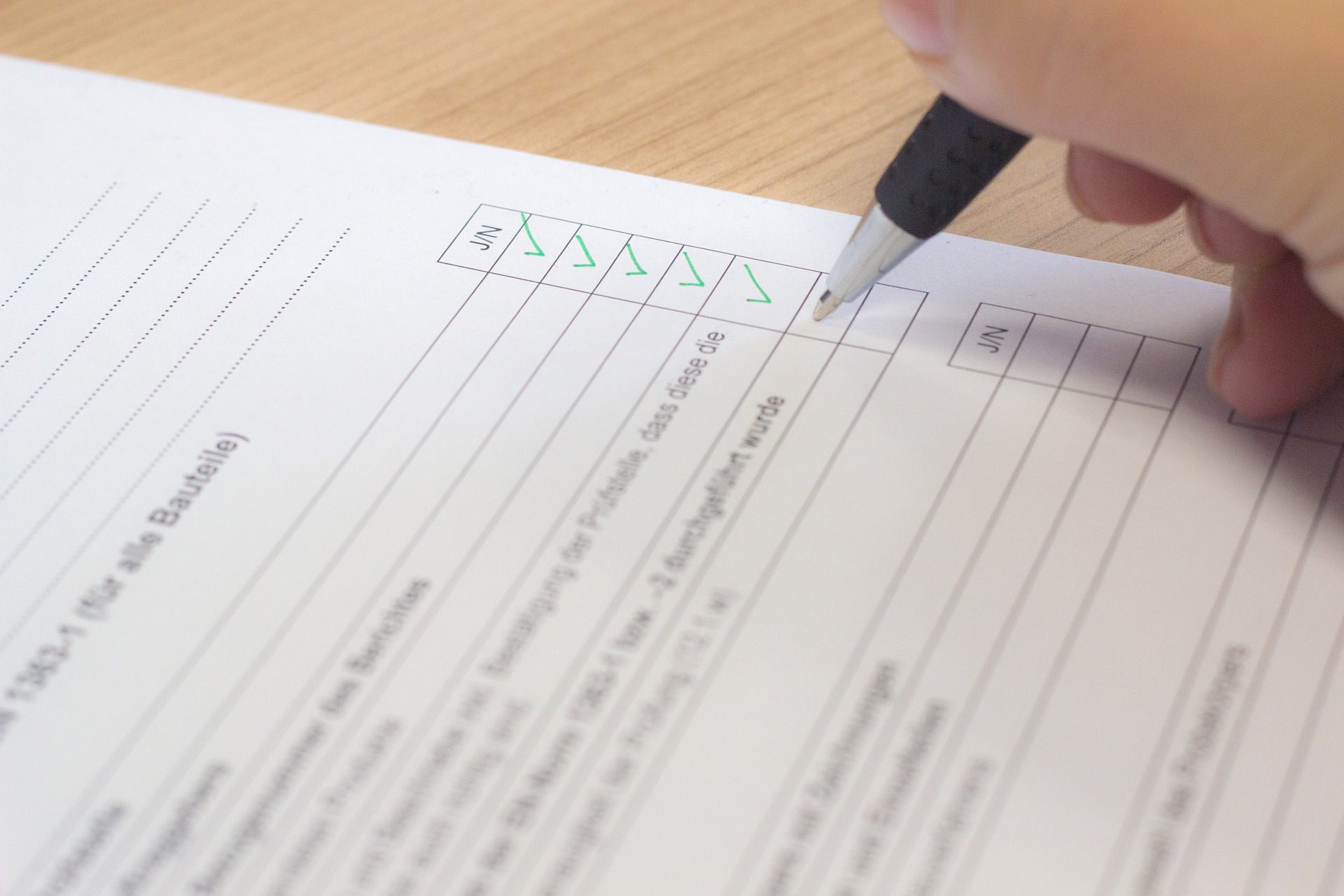Pieter Rijlaarsdam
Read all my blogsIn the retail business, small changes can make a big difference.
It is not a coincidence that retailers spend millions on determining the most effective price.
It is not a coincidence that retailers prefer package downsizing over increasing prices.
It is not a coincidence that product branding changes often.
And finally, trade promotions work.
In a business where minor changes to the price, the packaging, the share of shelf, the location of the product and the marketing spend on promotions impacts so highly on the profit, a close watch on the execution has an equally big impact.
If we think (and spend) so much on how the perfect store would look, we should also check the execution often to make sure we are in control.
Sales Visit
Let’s look at a typical retail execution process where a salesrep visits a point of sale (i.e. a shop).

- Salesrep plans a visit.
- Salesrep executes the visit.
- Checks the products on shelf
- Checks the pricing
- Checks the promotions
- Salesrep discusses the findings with the shop’s manager and plans actions.
- Salesrep plans the next visit.
From an operational perspective, not much excitement so far.
But what if we want to learn (and act on) how different shops perform compared to each other?
What if we want to analyse the data from a central perspective? What if we want to learn how the execution of a promotion affects the sales?
SAP Perfect Store
With SAP’s Perfect Store, we can. All the salesrep must do is fill out a few surveys at each visit, and KPI’s are automatically calculated.
Using the survey data, we can now analyse the impact of promotions, the impact of out-of-stock, the impact of shelf size and location and so on.
Using the KPI’s, we can help the shop owner increase sales.
How does it work?
When a salesrep plans a visit in SAP Cloud for Customer, an ‘Engagement map’ is automatically determined.
The engagement map basically represents the layout of the shop.
Within the engagement map, there are ‘Engagement points’.
An ‘Engagement point’ represents a location in the shop the salesrep should visit (to for instance check the stock, pricing and promotions).
These actions are supported by automatically determined surveys.
When the surveys are filled out, the response data is used to automatically calculate the KPI’s, which in turn result in a Perfect Store Score.
The higher the score, the better.
If any of the KPI’s score below a certain threshold, the salesrep should take action (such as discuss with the shop owner how to make sure products are in stock).
Conclusion
The easy to use Surveys allow the salesrep to easily gather information, saving time.
The automatic KPI calculation calls for immediate action to increase sales and for instance optimize promotion effectiveness.
The information gathered can be used to strategically analyse the effectiveness of for instance promotions in order to further optimize their effectiveness.
In the example given, the application is used in a retail context, but could definitely fit any business where periodical visits with checks based on checklists are applied, whether it is on customers, own locations (like restaurants, bars, shops etc) or partners.
SAP Perfect Store allows easy information gathering in surveys, enables an immediate call to action based on KPI’s and enables strategic performance analysis.



